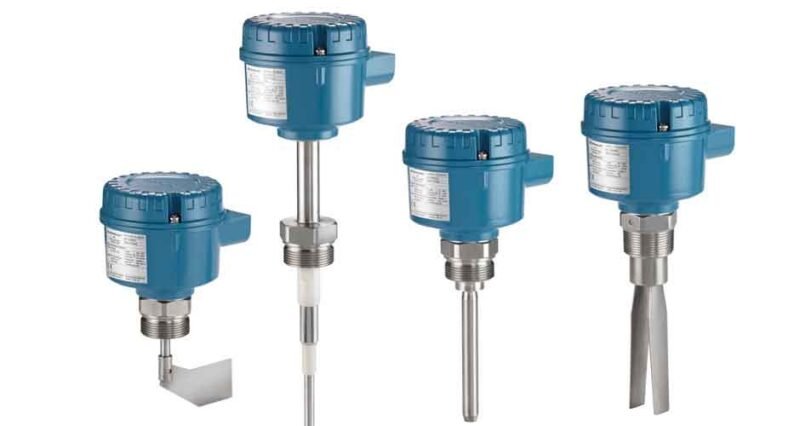
Level switches are essential devices used in various industries to monitor and control the level of liquids and granular materials in tanks, vessels, and other containers. They play a critical role in ensuring efficient processes, preventing overflows, and maintaining safety standards.
In this article, we will explore the significance of level switches, their types, applications, and the benefits they offer in industrial settings.
What are Level Switches?
Level switches, also known as level sensors or level detectors, are instruments designed to detect the presence or absence of a specified level of material in a container. These devices act as triggers to activate alarms, pumps, valves, or other control mechanisms, allowing operators to manage and regulate the level of materials accurately.
Types of Level Switches
Various technologies are employed in level switches, each catering to specific applications and operational requirements. Here are some common types:
- Float Level Switches: These switches consist of a buoyant float attached to a rod. As the liquid level changes, the float moves up or down, actuating a switch mechanism when reaching a predetermined level.
- Conductivity Level Switches: These switches utilize the conductivity properties of liquids to detect changes in levels. Electrodessense the presence or absence of the liquid, completing an electrical circuit to indicate the level status.
- Capacitance Level Switches: Operating on the principle of capacitance changes, these switches measure the dielectric constant between the probe and the container wall, sensing variations in the level.
- Optical Level Switches: Using infrared or laser light, these switches detect changes in the light reflection caused by the liquid’s presence, thereby determining the level.
- Ultrasonic Level Switches: These switches emit ultrasonic pulses and measure the time it takes for the pulse to reflect back, determining the level by calculating the distance to the liquid surface.
- Pressure Level Switches: By monitoring the hydrostatic pressure at different depths, pressure level switches can infer the liquid’s level accurately.
Applications of Level Switches
Level switches find applications in numerous industries due to their versatility and reliability. Some of the prominent areas where level switches are employed include:
- Oil and Gas: Level switches are crucial in monitoring oil and gas levels in tanks, ensuring precise measurements, and preventing spills or leaks.
- Chemical Processing: They are used to manage the levels of various chemicals and solvents during production processes.
- Water and Wastewater Treatment: Level switches aid in controlling water levels, preventing overflow situations, and managing wastewater treatment processes.
- Food and Beverage: Level switches monitor liquid ingredients in food and beverage production, ensuring accurate measurements and preventing material wastage.
- Pharmaceuticals: In pharmaceutical manufacturing, level switches help maintain the correct levels of liquids and reagents, ensuring consistency in the final products.
- Power Generation: Level switches are employed in power plants to manage water levels in boilers, condensers, and storage tanks.
Benefits of Level Switches
The use of level switches offers several benefits, contributing to operational efficiency and safety:
- Process Optimization: Level switches ensure precise level monitoring, enabling better process control and reducing material wastage.
- Preventing Overflow and Spills: By providing timely alerts, level switches prevent overfilling of tanks, which could lead to spills and environmental hazards.
- Safety and Environmental Compliance: Level switches play a crucial role in maintaining safety standards and complying with environmental regulations.
- Easy Integration: Level switches can be easily integrated into existing control systems, making them cost-effective solutions.
- Non-Intrusive Options: Some level switches offer non-intrusive level sensing, eliminating the need for direct contact with the material being measured.
Conclusion
Level switches are indispensable devices in industrial settings, helping to regulate material levels, prevent accidents, and ensure smooth operations. With various types of level switches available, each suited to specific applications, industries can choose the most suitable solution to meet their needs.
As technology advances, we can expect further improvements in level switch capabilities, contributing to even safer and more efficient industrial processes.

